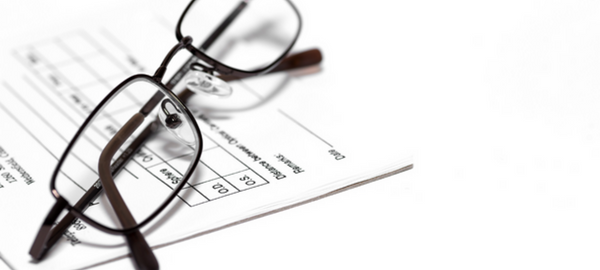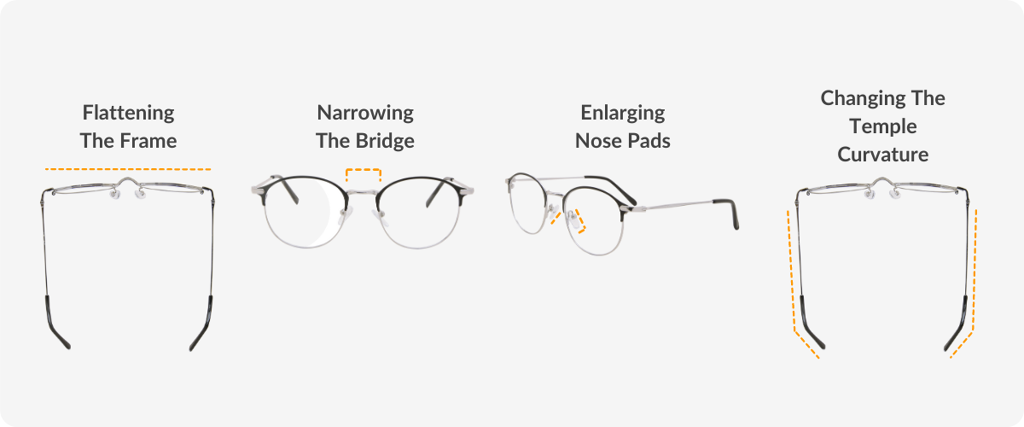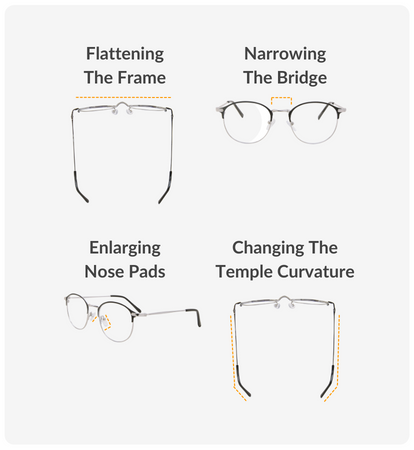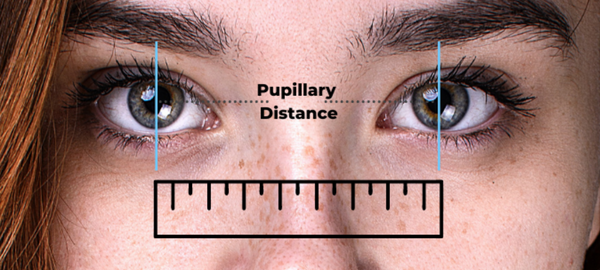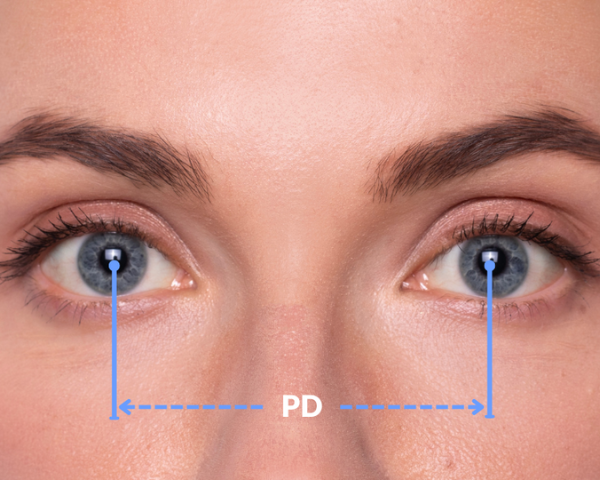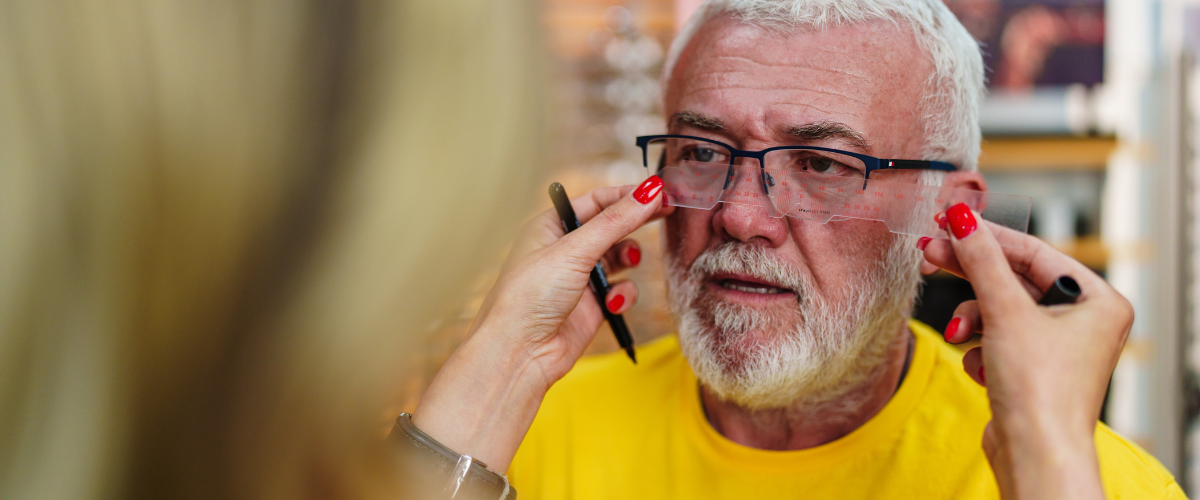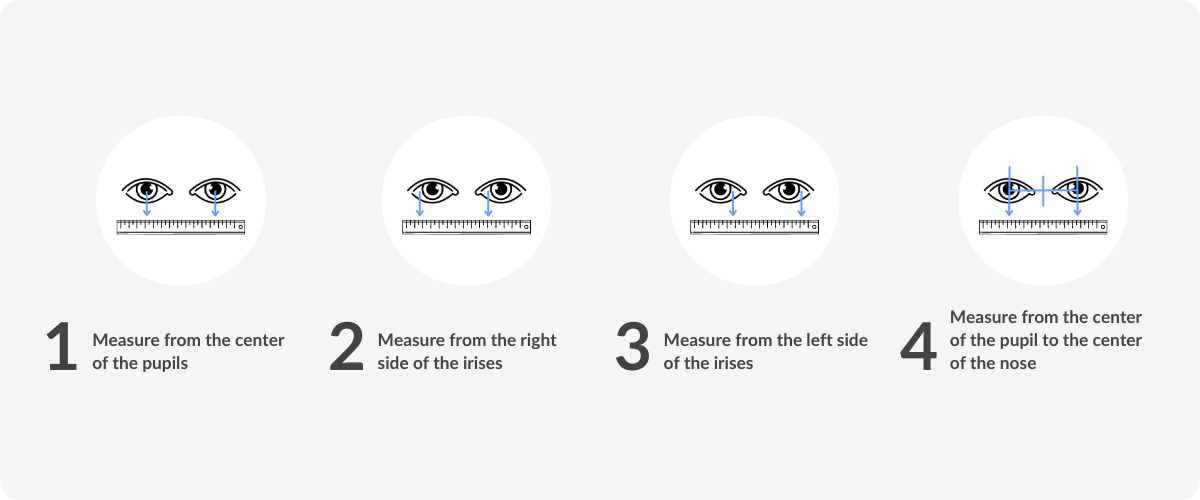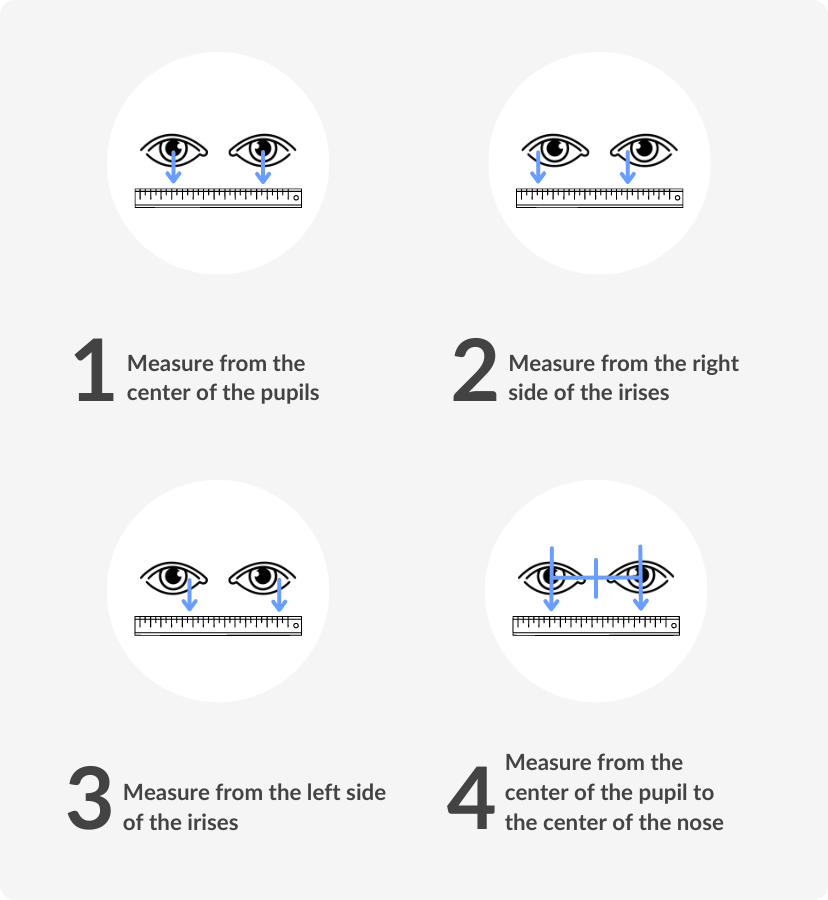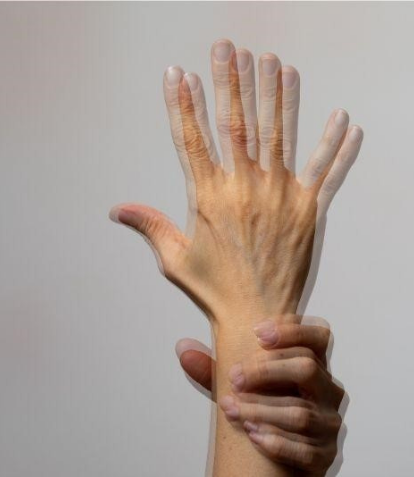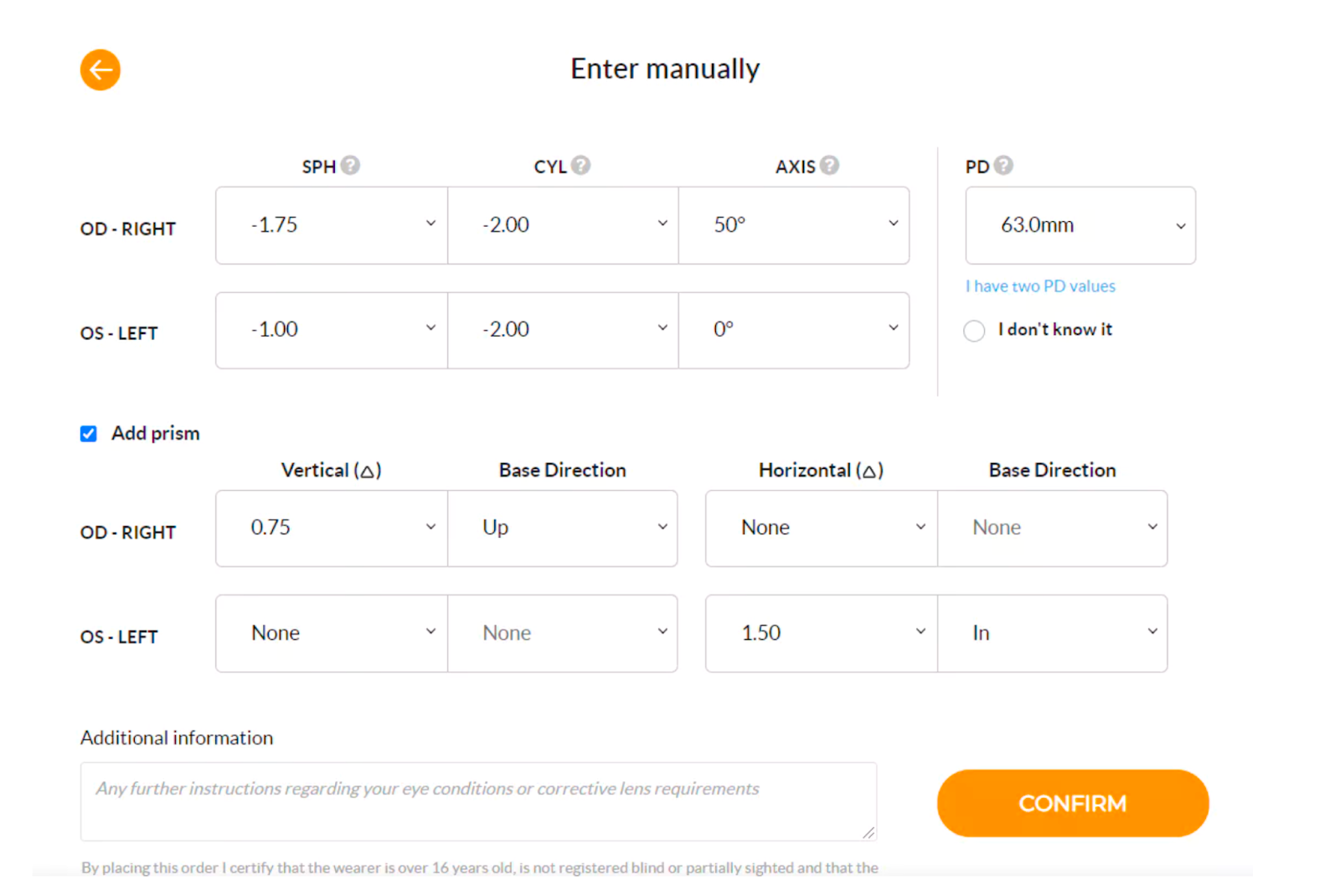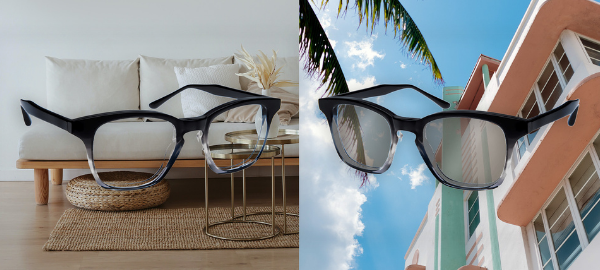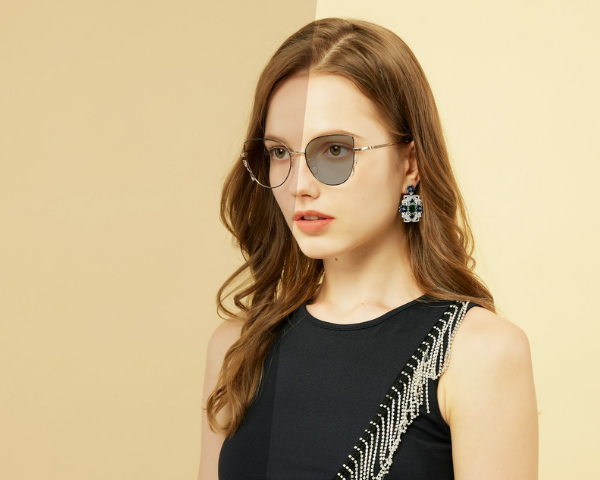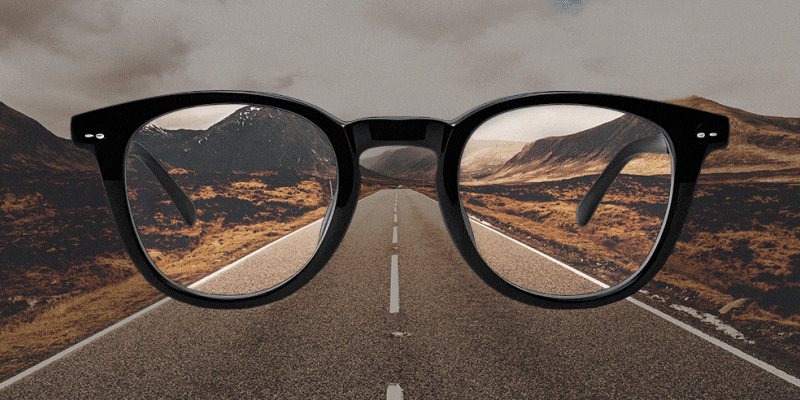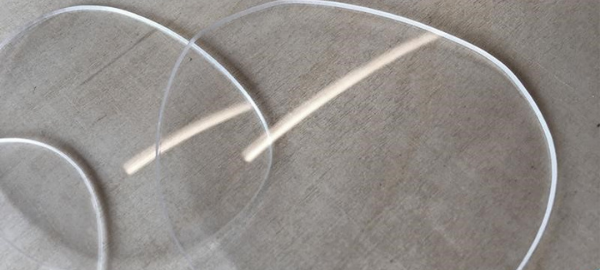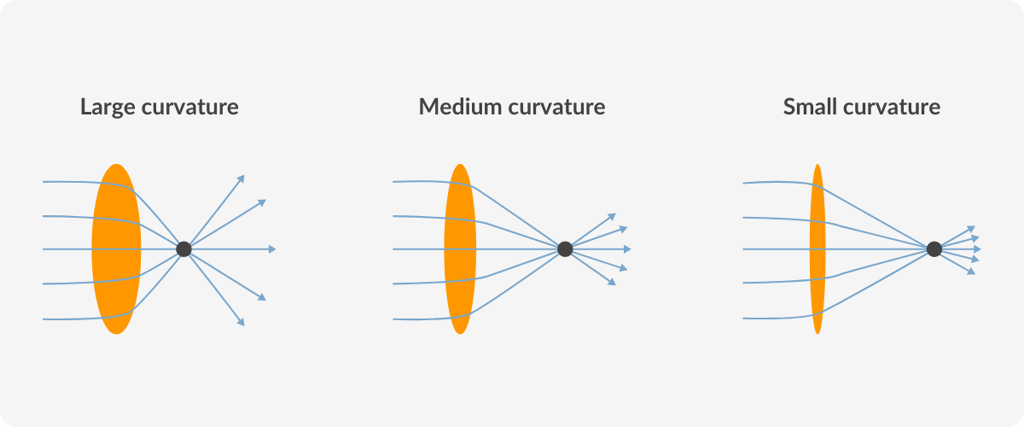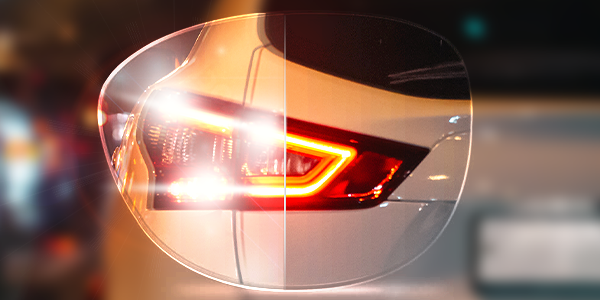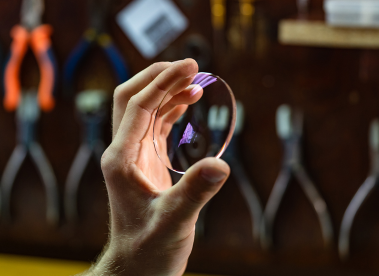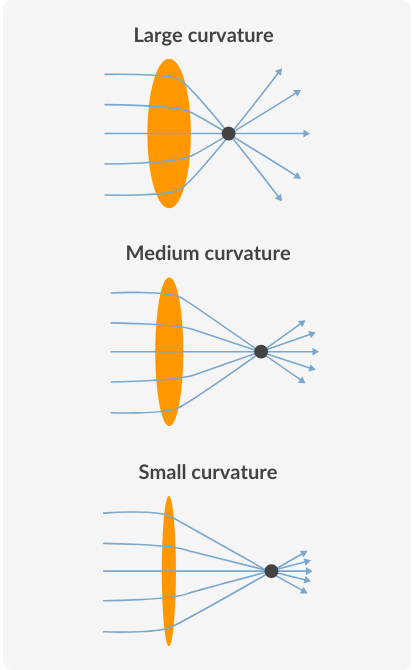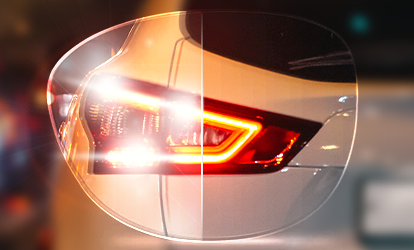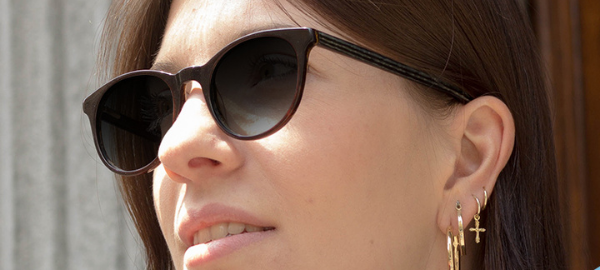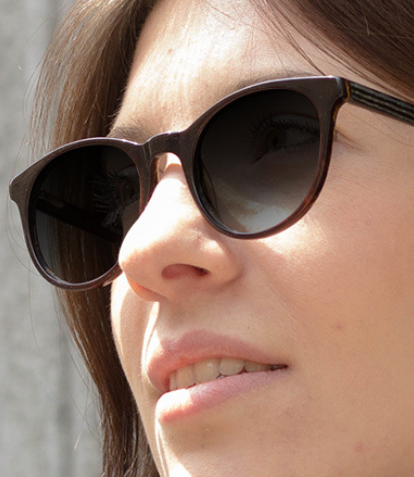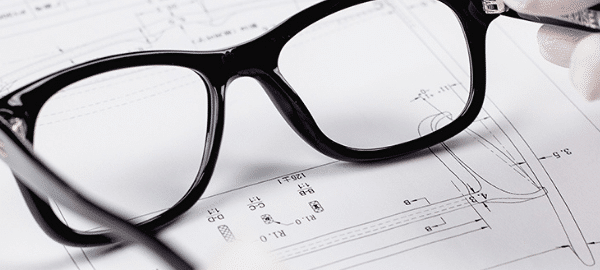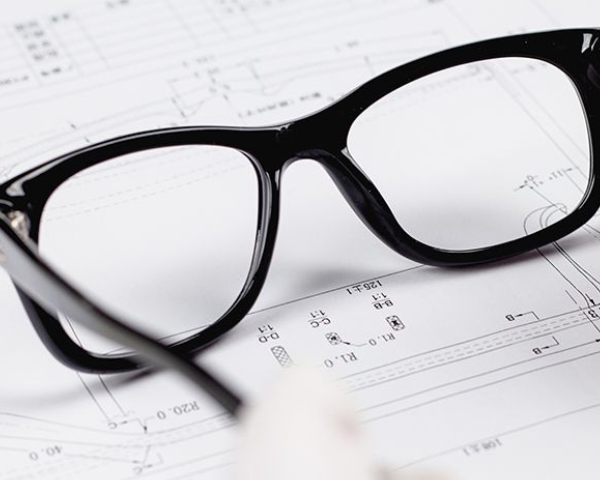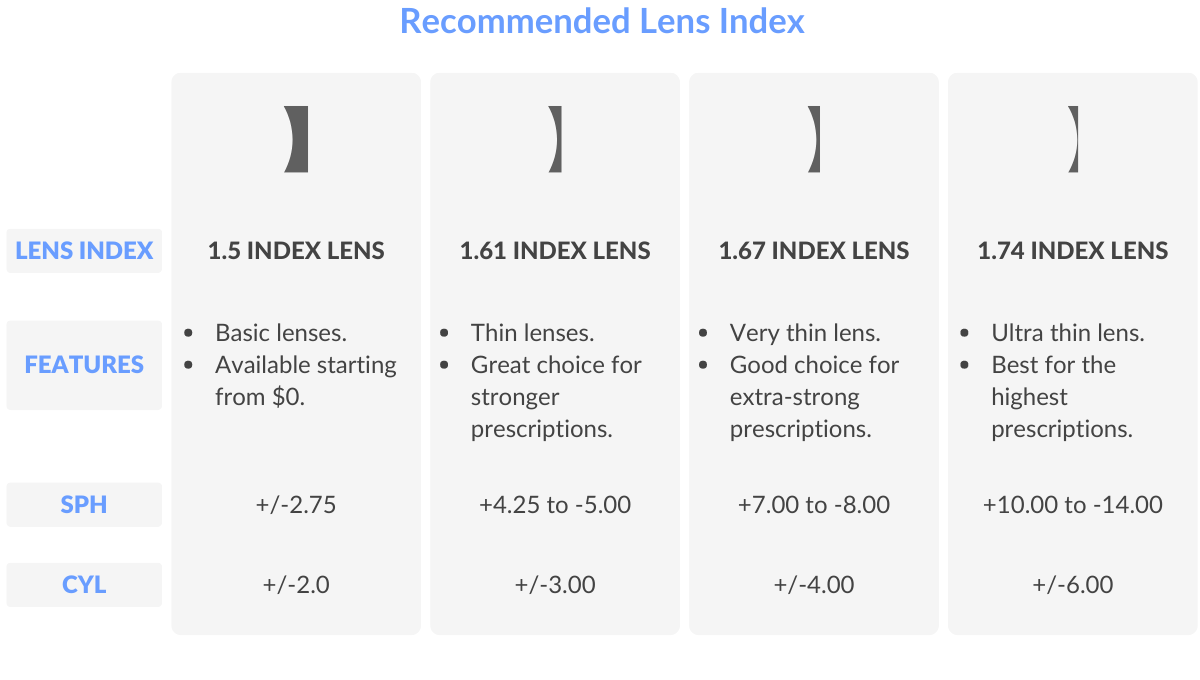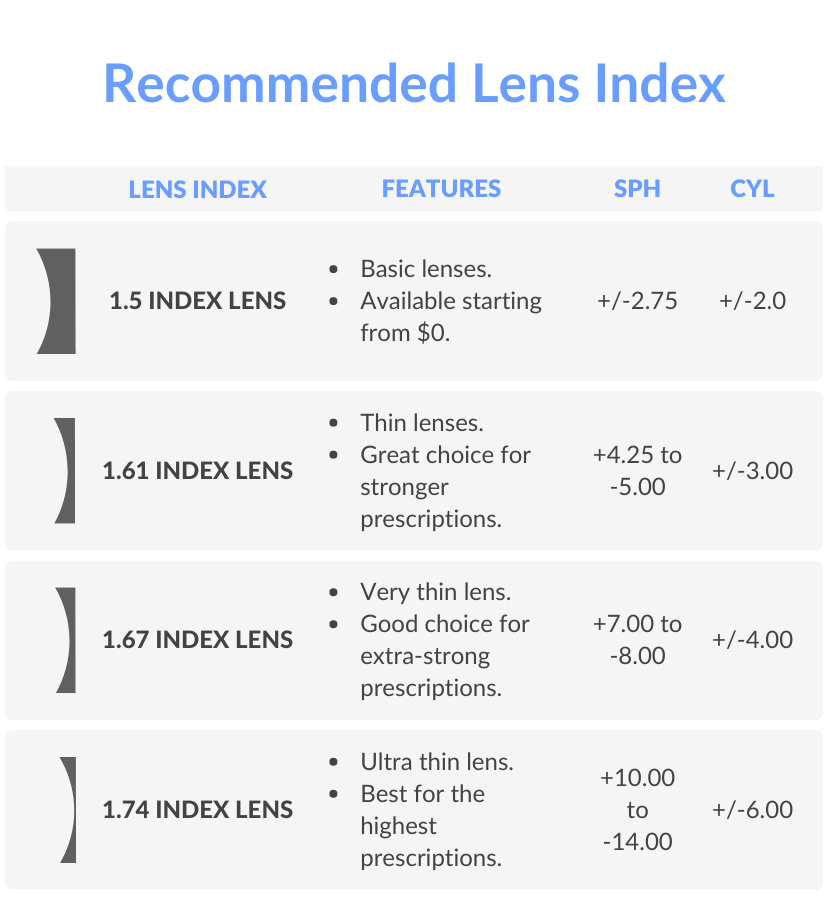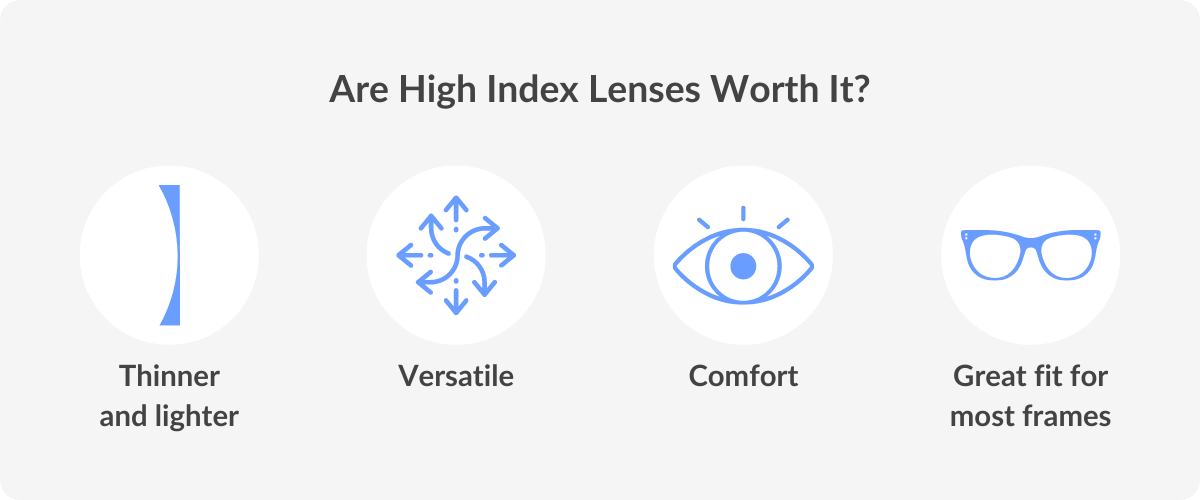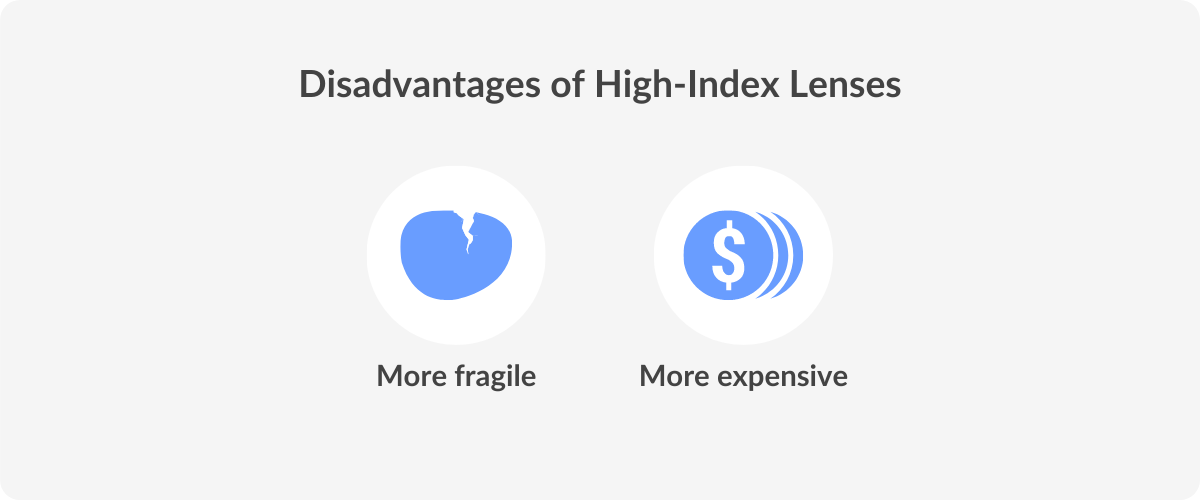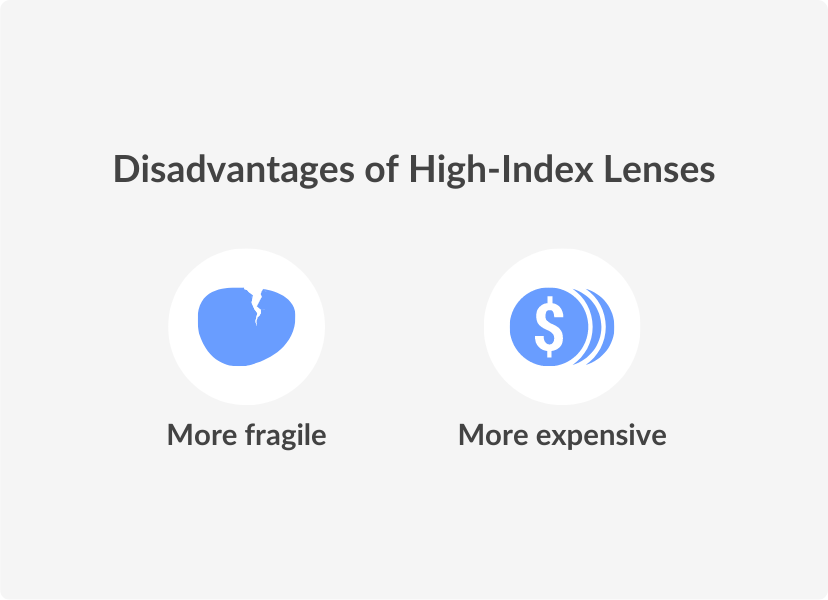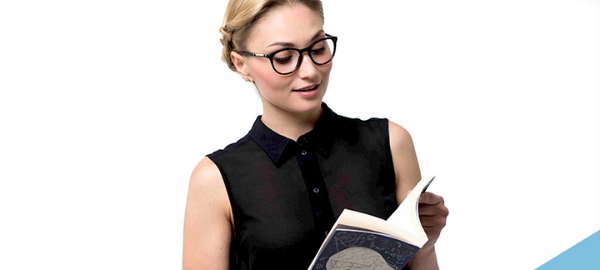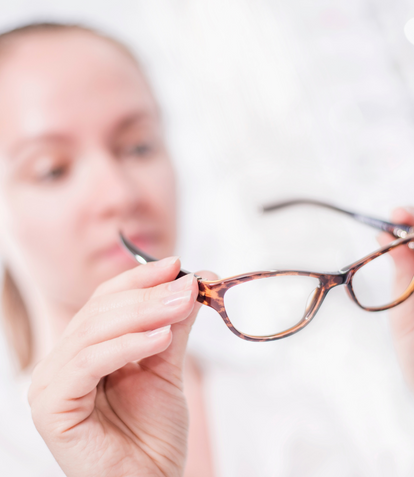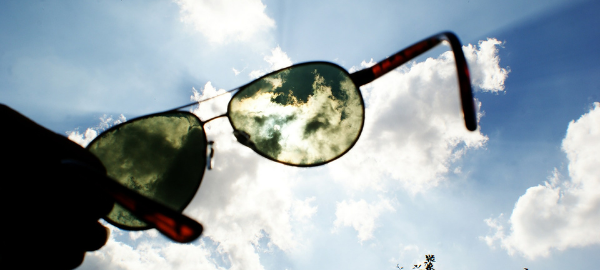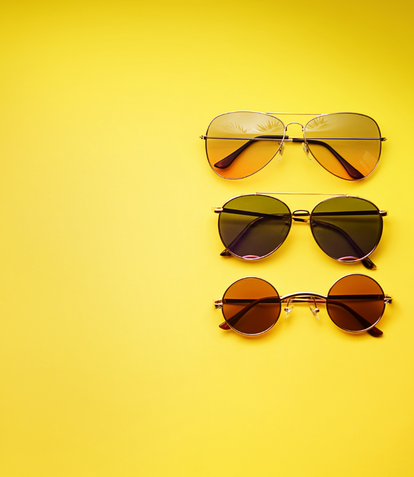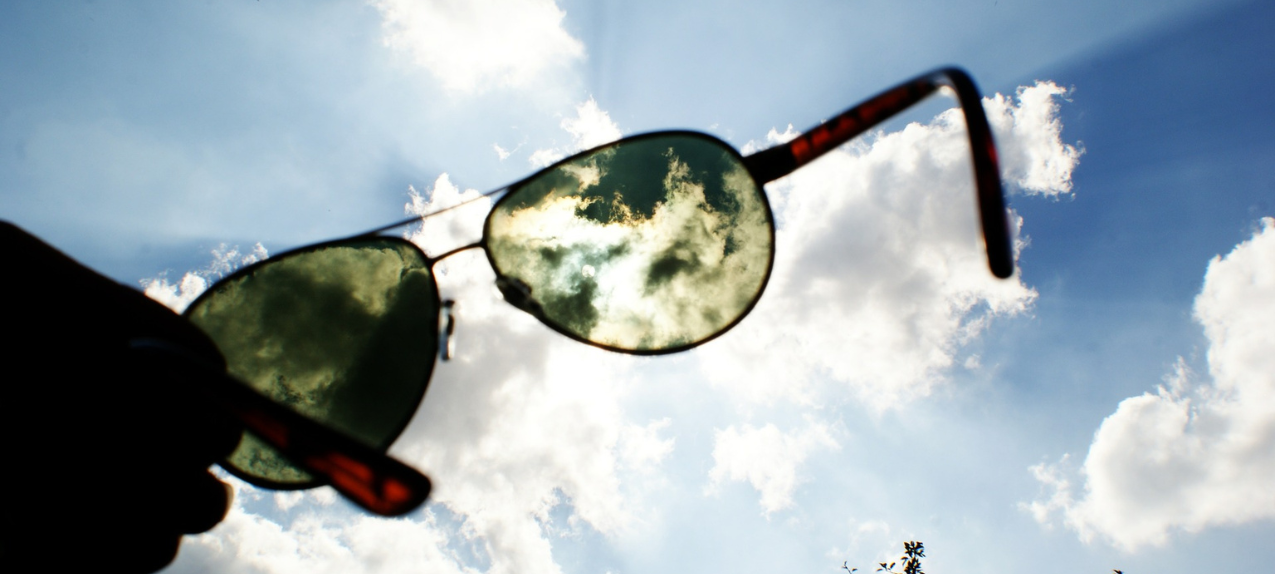How to Get a Glasses Prescription
Where | How long does it take? | Online prescriptions | Accuracy | Prescription History | How to read | How to shop

Reviewed by
Sharlene McKeemanRead our useful guide on the different ways to get your glasses prescription!
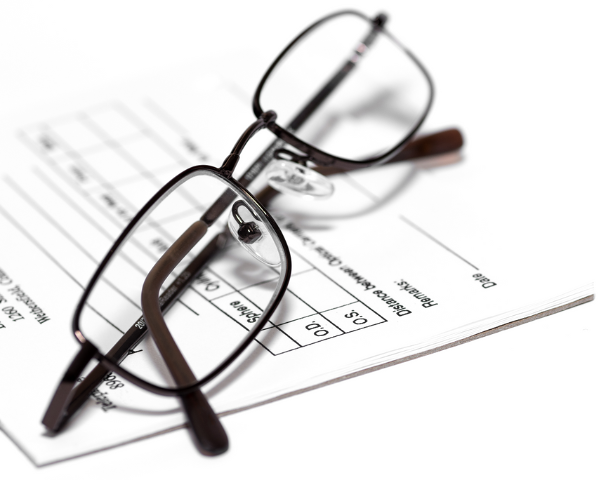
Technology in the eye industry is constantly evolving. Today, it is easier and more efficient than ever to get a copy of your eye prescription. Gone are the days of waiting in long lines to receive your prescription from the optician’s office. Read on to learn more about eye prescriptions, where to get them and how to read them.
Where can I get a copy of my eye prescription?
Your eye prescription (also known as Rx prescription) is written by an eyewear prescriber, such as an optician or optometrist. It specifies the value of parameters needed to construct and dispense corrective lenses for a patient.
It is recommended that you get an eye test from your doctor at least every two years to check the health of your eyes and if your eyesight has changed. Before buying a new pair of glasses, it is vital that your prescription is up to date. If you have not had an eye test in recent years, consider booking an eye test with an optician before trying to obtain your current prescription.
How long does it take to get prescription glasses?
Standard in-person eye tests usually take around 30 minutes. Once your eye test is complete, your doctor will provide you with your prescription card. If you ever misplace your card, you can call up your doctor and request a copy of your prescription.
However, there is an even quicker way to find out your eye prescription. If you simply need a retrieval of your current eye prescription from your current glasses, you can use our revolutionary technology to reveal it without leaving the house!
At SmartBuyGlasses, you can extract your current prescription in a matter of minutes from your glasses with the innovative vision testing Lens Scanner App. By scanning your current prescription glasses, you’ll have access to your current prescription in minutes, completely free of charge. This is perfect for individuals who are happy with their current prescription but would like to update their eyewear.

Can I get a copy of my eye prescription online?
Depending on the practice you attend, some opticians may be able to provide you with your eye prescription online. Following your eye test, your prescription will be registered at the optical practice where you had the eye exam. It is a legal requirement to provide you with your prescription for glasses or contact lenses upon request.
Both opticians and the customer benefit from being able to access prescriptions online due to convenience and time. Usually, you can visit your practice’s website to request the prescription, call them, or send an email.
Some companies may even be able to send over prescriptions on the same day. Simply search the practice and location online to find out more about the best way to contact your optician!
SUMMARY
Getting your prescription can be quick and easy! If you are in a pinch and have your correct prescription glasses at hand, you can use our handy LensScanner tool to get your prescription details.
How accurate are online prescription glasses?
There will be no changes made to the prescription you obtained from your optometrist, even if they publish it online, so it is 100% accurate.
As for our Lens Scanner App, when used correctly, it can accurately reveal the power in your lenses in a matter of moments. Please be aware that using the Lens Scanner App cannot be used for progressive lenses and is not a substitution for an eye exam. We recommend getting an eye exam if you have noticed changes in your eyesight and to check your eye health.
Can I see my prescription history?
It may be beneficial for you to look into your eye prescription history to see the changes in your eyesight over the years. You can request your eye prescription history from your optician via phone call, email, or by visiting the branch.
Some opticians allow you to access your prescription history online via their website, so it’s worth checking this out first! Please note that requesting your prescription history can take longer than requesting your current prescription, as there are more details to prepare.
How to read lens prescriptions
To understand how to read your prescription, you can check out our guide to reading prescriptions or continue reading for a brief overview.
- Generally, a prescription will include the following information: sphere power, cylinder power, axis and ADD power.
- Sphere power indicates how strong your prescription lenses should be to correct any near or Farsightedness. This number can range from negative numbers (for Nearsightedness) to positive numbers (for Farsightedness). The greater the number, the stronger the prescription needed to correct vision problems.
- Cylinder power indicates if astigmatism is present and the amount of correction required by referencing a minus or plus sign and a numerical value. If this field is left blank on your prescription, it means no astigmatism is present.
- Axis indicates the angle of your prescription lenses, expressed in degrees on a scale from 0-180. This number will usually have a small “x” placed before it to indicate that it is an axis measurement.
- Finally, ADD power indicates how much prescription strength you need for reading and other tasks requiring near vision. This field is typically filled out if you are over the age of 40, as people typically start to need prescription lenses for seeing up close around this age.
By understanding these key elements of an eye prescription, you can discover more about your own optical health and decide which glasses are perfect for you!
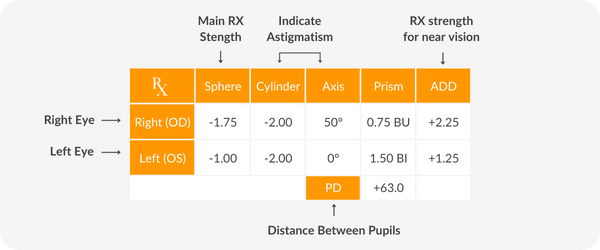
How to shop for glasses online
Now you’re all set! You know how to get a copy of your prescription directly from your optician online or in person and you have more insight into how to read it. Don’t forget to check out the Lens Scanner App to retrieve your current prescription in five minutes or less.
In addition, you can also discover your pupillary distance (PD) with our useful online tool. Once you have your up-to-date prescription and PD, you’re ready to start shopping for a new pair of prescription glasses from our range at SmartBuyGlasses. If you have further questions regarding your prescription, contact our in-house opticians or learn more about eye prescriptions at the Optical Centre section of our website.
How to Get a Glasses Prescription
Key Points | How to loosen | How to tighten | Tilted frames | Professional help

Reviewed by
Sharlene McKeemanRead our useful guide on the different ways to get your glasses prescription!
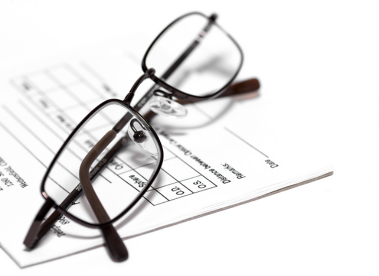
Technology in the eye industry is constantly evolving. Today, it is easier and more efficient than ever to get a copy of your eye prescription. Gone are the days of waiting in long lines to receive your prescription from the optician’s office. Read on to learn more about eye prescriptions, where to get them, and how to read them.
Where can I get a copy of my eye prescription?
Your eye prescription (also known as Rx prescription) is written by an eyewear prescriber, such as an optician or optometrist. It specifies the value of parameters needed to construct and dispense corrective lenses for a patient.
It is recommended that you get an eye test from your doctor at least every two years to check the health of your eyes and if your eyesight has changed. Before buying a new pair of glasses, it is vital that your prescription is up to date. If you have not had an eye test in recent years, consider booking an eye test with an optician before trying to obtain your current prescription.
How long does it take to get prescription glasses?
Standard in-person eye tests usually take around 30 minutes. Once your eye test is complete, your doctor will provide you with your prescription card. If you ever misplace your card, you can call up your doctor and request a copy of your prescription.
However, there is an even quicker way to find out your eye prescription. If you simply need a retrieval of your current eye prescription from your current glasses, you can use our revolutionary technology to reveal it without leaving the house!
At SmartBuyGlasses, you can extract your current prescription in a matter of minutes from your glasses with the innovative vision testing Lens Scanner App. By scanning your current prescription glasses, you’ll have access to your current prescription in minutes, completely free of charge. This is perfect for individuals who are happy with their current prescription but would like to update their eyewear.

Can I get a copy of my eye prescription online?
Depending on the practice you attend, some opticians may be able to provide you with your eye prescription online. Following your eye test, your prescription will be registered at the optical practice where you had the eye exam. It is a legal requirement to provide you with your prescription for glasses or contact lenses upon request.
Both opticians and the customer benefit from being able to access prescriptions online due to convenience and time. Usually, you can visit your practice’s website to request the prescription, call them, or send an email.
Some companies may even be able to send over prescriptions on the same day. Simply search the practice and location online to find out more about the best way to contact your optician!
SUMMARY
How accurate are online prescription glasses?
There will be no changes made to the prescription you obtained from your optometrist, even if they publish it online, so it is 100% accurate.
As for our Lens Scanner App, when used correctly, it can accurately reveal the power in your lenses in a matter of moments. Please be aware that using the Lens Scanner App cannot be used for progressive lenses and is not a substitution for an eye exam. We recommend getting an eye exam if you have noticed changes in your eyesight and to check your eye health.
Can I see my prescription history?
It may be beneficial for you to look into your eye prescription history to see the changes in your eyesight over the years. You can request your eye prescription history from your optician via phone call, email, or by visiting the branch.
Some opticians allow you to access your prescription history online via their website, so it’s worth checking this out first! Please note that requesting your prescription history can take longer than requesting your current prescription, as there are more details to prepare.
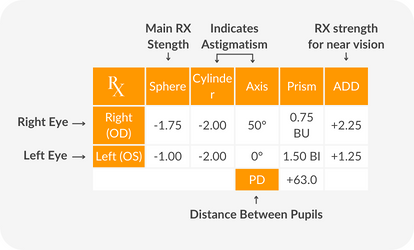
How to read lens prescriptions
To understand how to read your prescription, you can check out our guide to reading prescriptions or continue reading for a brief overview.
- •Generally, a prescription will include the following information: sphere power, cylinder power, axis, and ADD power.
- •Sphere power indicates how strong your prescription lenses should be to correct any near or Farsightedness. This number can range from negative numbers (for Nearsightedness) to positive numbers (for Farsightedness). The greater the number, the stronger the prescription needed to correct vision problems.
- •Cylinder power indicates if astigmatism is present and the amount of correction required by referencing a minus or plus sign and a numerical value. If this field is left blank on your prescription, it means no astigmatism is present.
- •Axis indicates the angle of your prescription lenses, expressed in degrees on a scale from 0-180. This number will usually have a small “x” placed before it to indicate that it is an axis measurement.
- •Finally, ADD power indicates how much prescription strength you need for reading and other tasks requiring near vision. This field is typically filled out if you are over the age of 40, as people typically start to need prescription lenses for seeing up close around this age.
By understanding these key elements of an eye prescription, you can discover more about your own optical health and decide which glasses are perfect for you!
How to shop for glasses online
Now you’re all set! You know how to get a copy of your prescription directly from your optician online or in person, and you have more insight into how to read it. Don’t forget to check out the Lens Scanner App to retrieve your current prescription in five minutes or less.
In addition, you can also discover your pupillary distance (PD) with our useful online tool. Once you have your up-to-date prescription and PD, you’re ready to start shopping for a new pair of prescription glasses from our range at SmartBuyGlasses. If you have further questions regarding your prescription, contact our in-house opticians or learn more about eye prescriptions at the Optical Centre section of our website.






























